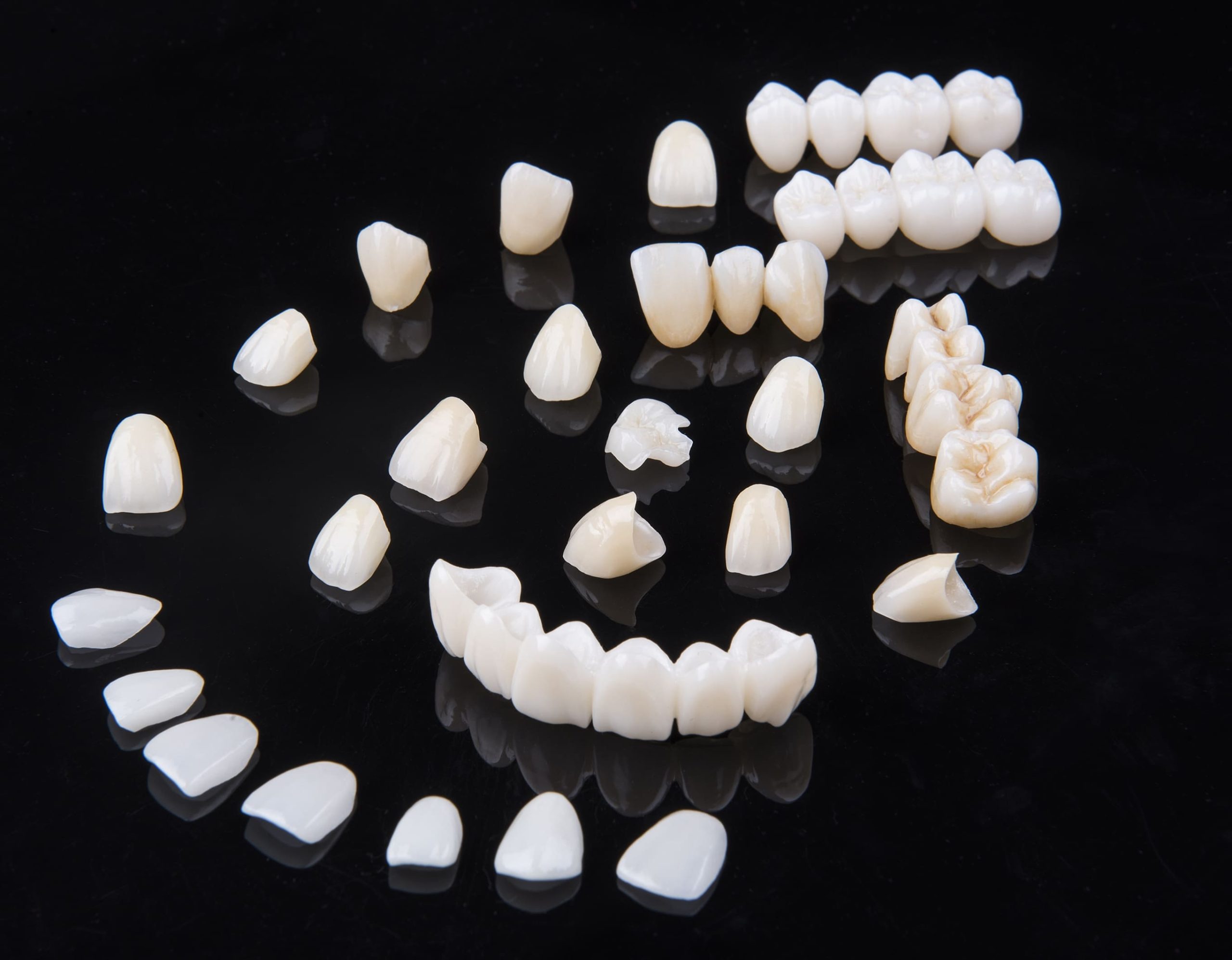-
English
-
Spanish

English

Spanish
Losing a tooth—whether due to decay, trauma, or gum disease—can do more than affect your bite. It can shift the way you speak, alter your facial balance, and influence how confident you feel in daily life. Fortunately, dentistry today offers dependable solutions to bring back what’s missing. One of the most trusted and elegant options is the dental bridge—and among bridge materials, zirconia continues to stand out for its strength, aesthetics, and compatibility with your body.
A zirconia bridge is a fixed dental prosthesis made from zirconium dioxide (ZrO₂) (also known as zirconia material), a ceramic renowned for its outstanding strength, natural appearance, and ability to mimic the color and translucency of natural teeth. Zirconia fixed bridges restore one or more missing teeth by anchoring to adjacent teeth using dental crowns, creating a secure and stable fit. Often milled from a solid block of zirconia, these bridges offer enhanced durability while effectively filling the gap—maintaining both function and aesthetics.

Zirconia is one of the strongest dental materials available. It withstands heavy bite forces. Natural tooth enamel has a compressive strength of around 384 MPa, while zirconia can reach strengths of over 1,200 MPa. You won’t have to worry about eating your favorite foods.
Today’s multilayer zirconia blocks feature 3 to 9 gradient layers, blending from dentin to translucent enamel, just like a natural tooth. With VITA-compatible shades and no metal substructure, zirconia eliminates the gray gumline often seen in PFM bridges, delivering restorations that look seamless, resist staining, and remain lifelike.
Zirconia is fully biocompatible and gentle on soft tissues — one of the key reasons both patients and dentists trust it. In contrast, traditional dentures and metal-based materials can release ions that may accumulate in gum tissue. For individuals sensitive to metals like nickel, this can cause redness, swelling, tingling, or even chronic inflammation.
Polished zirconia has a smooth and polished surface that’s kinder to opposing teeth than many other materials. This helps reduce wear on natural enamel — a common concern with harder substances like ceramic.

Traditional bridges, especially those made with metal frameworks, were the go-to for many years. However, zirconia bridges eliminate many of the weaknesses of traditional solutions, such as reduced risk of fracture and improved durability. Now, let’s take a look at the comparison of materials.
Feature | Zirconia Bridge | Metal-Ceramic Bridge |
|---|---|---|
Aesthetics | Natural looking appearance, lifelike finish | Possible gray margins, especially after gum recession (porcelain crowns fused to metal) |
Translucency | High (30–40%) | Very low |
Strength | ≥ 1000 MPa (zirconium oxide) | 600–800 MPa |
Gum Health | Excellent biocompatibility, Suitable for metal-sensitive patients | Risk of metal ion release; may cause gum discoloration |
Wear on Opposing Teeth | Low | Moderate |
Longevity | 10–15+ years | 5–10 years |
The value or cost of zirconia bridges can be immediately matched to other alternatives, making it easy to compare options.
Depending on your clinical case and aesthetic needs, different zirconia types may be recommended. Here’s a simplified comparison:
Zirconia Type | Flexural Strength | Translucency | Recommended For |
|---|---|---|---|
800-1200 MPa | 42-49% | Full-arch bridges, premium esthetics | |
1200 MPa | 43% | Anterior and posterior restorations | |
1100 MPa | 42% | Aesthetic crowns and bridges with shade stability | |
1100 MPa | 42% | Flexible shading and aesthetic customization | |
1000 MPa | 46% | Posterior crowns and cost-effective bridges | |
900 MPa | 45% | Back teeth restorations with fast processing | |
900 MPa | 45% | Custom-stained posterior cases |
Zirconia bridge costs can vary depending on the type of zirconia used and the number of replacement teeth needed.
The right zirconia depends on several factors, including bite strength, smile zone visibility, and personal expectations.
One of the most common questions patients ask is:
“Should I get a bridge or a dental implant?”
Patients with failing or missing teeth often consider dental bridges or implants as replacement options, since both provide stable, natural-looking replacement teeth.
Both are excellent solutions, but zirconia bridges may be the better choice in implant dentistry when:
Zirconia bridges offer flexibility and also work well in combination with implants, especially in full-arch dental implants or full mouth reconstructions. It’s not always either-or. With proper planning, bridges can be used alongside arch dental implants to create stable, beautiful outcomes.
Zirconia bridges can last 10 to 15 years or more, even when permanently attached. Their long lasting durability and resistance to staining make them one of the most reliable materials for restoring your smile.
Several factors contribute to their lifespan:
Just like natural teeth or porcelain teeth, zirconia restorations need consistent care. But when maintained properly, they provide new teeth that look and feel like your own, without the drawbacks of essentially plastic alternatives like acrylic and porcelain materials.
Zirconia may be a top choice, but it’s not the only option. Here are a few others your dentist might discuss with you:
Ultimately, the best material depends on your individual needs — including comfort, function, lifestyle, and how the material interacts with your natural tissues.
Replacing missing teeth isn’t just about aesthetics — it’s about restoring ease and confidence in your daily life. Zirconia offers a solution that’s strong, gentle, and beautifully natural, while other metal-free dental materials like PEEK discs also provide durable and lightweight alternatives.
If you’re considering your options, schedule a consultation with your dentist. They’ll help you understand what’s right for your smile, explain the pros and cons of each material, and guide you through a personalized treatment plan.
With the right choice and consistent care, you can enjoy a restored smile that feels as good as it looks — for years to come.
